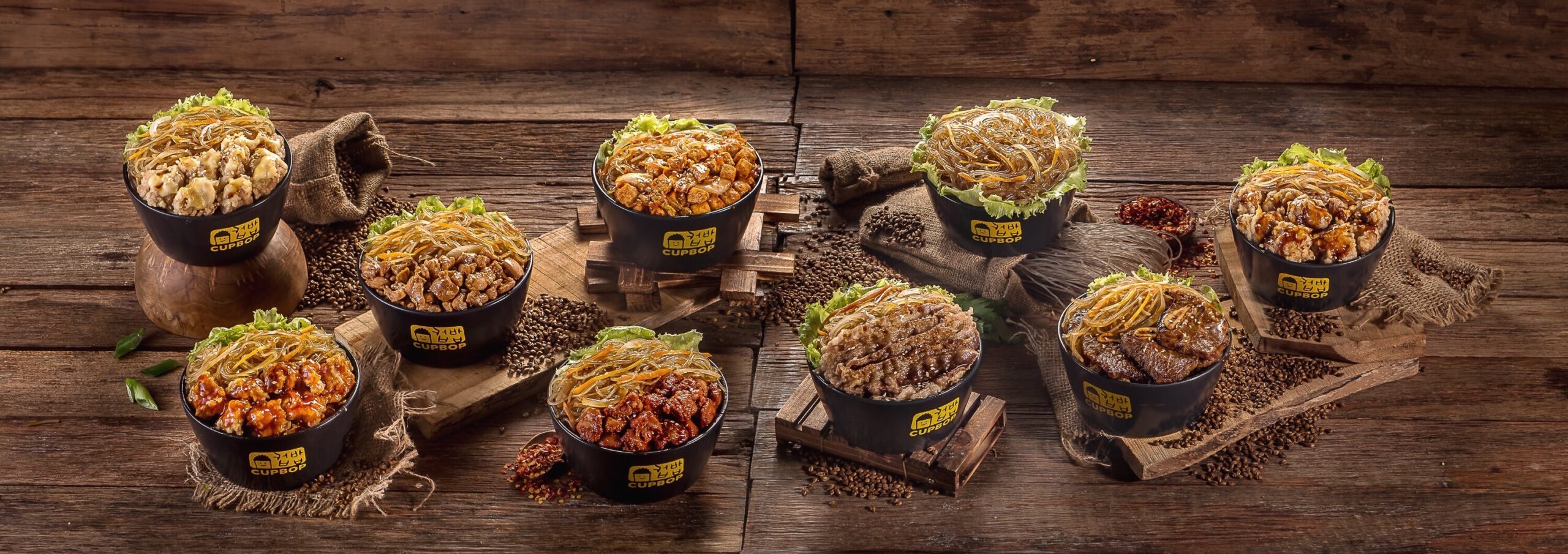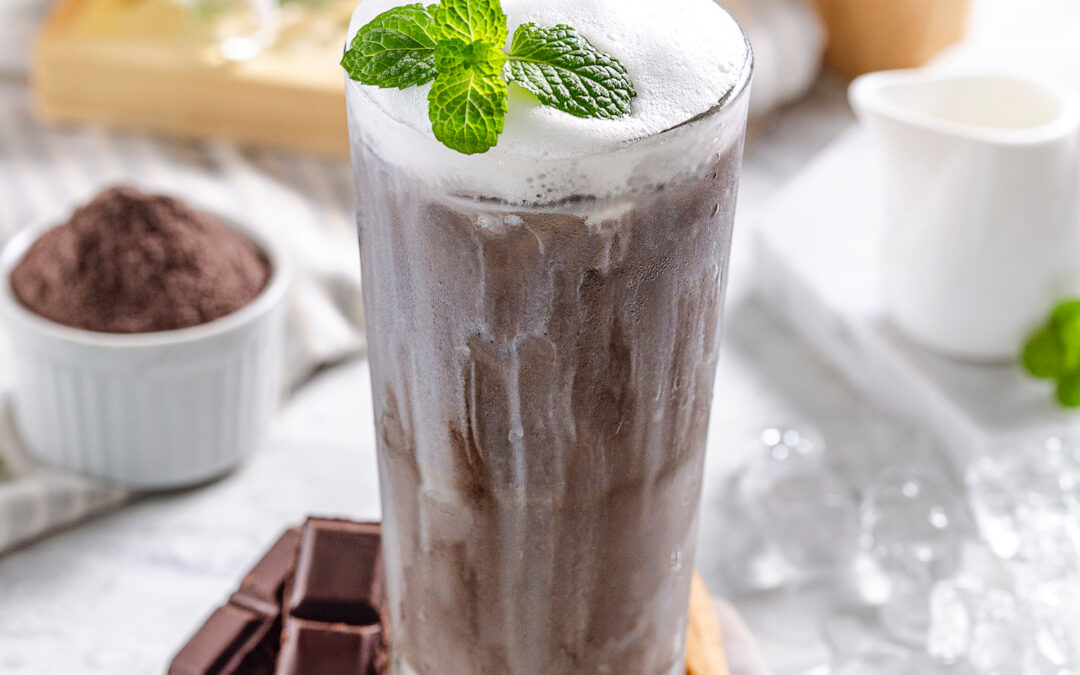Food photography with artificial light? Sound’s great !
Artificial lighting helps you a lot to improve food photos. Using an ordinary lamp is not enough or even disturb the pictures. Artificial lighting unit allows you to take a picture more flexible whether you take it in the table kitchen, dining table, or even basement. Check tips to improve food photography with artificial light below.
Food Photography with Artificial Light 1: Improve the Role of Kitchen Light
Kitchen lighting produces an unnatural tone. The lamp often splashes light directly onto the food rather than from a side or back standpoint. As a result, the photos seem to have flat texture and lifeless. Artificial lighting fixes the weakness of kitchen lighting well. It makes your photos brighter and sharper.
Food Photography with Artificial Light 2: Use only Artificial Lights
Working with only one source of light is easier than using several lightings. Close all the curtains to make sure that the light is only from the artificial light. This simple trick allows you to control the color tones, the light angles, and the overall look.
It also produces a natural light effect on the photos. Indeed, it is only a matter of personal preference. You can still use artificial light and natural light at once as long as you get the best photos just like what you want.

Understand the Role of the Artificial Lighting Unit
You have to understand the artificial lighting unit before producing cool food photos. You need to learn the way to use the light, reflector, diffuser, background, and other tools.
The more understand you are with the unit, the easier you find the best setting to produce eye-catching food photos. You may hire someone that understands how to set an artificial unit if you need to use the light immediately.
Use a White Surface
A white surface helps to evaluate and adjust the white balance. It also helps to alert if there is an unusual color tone in your photo. Sometimes, you see that the photo looks yellow if you are using ordinary lights that disturb the result of the photos. As a result, you don’t need to edit this part anymore if you can handle it well.

Understand the Manual Camera Settings
It is a crucial thing to be a good food photographer. You need to know how to set your camera to deal with the artificial lights. It means you have to learn more about aperture, shutter speed, ISO, white balance, manual focus, and many more.
Practice the setting to make sure that you can use the camera and artificial lighting unit maximally at once. In the end, you can improve your food photography skills when using artificial lights.


